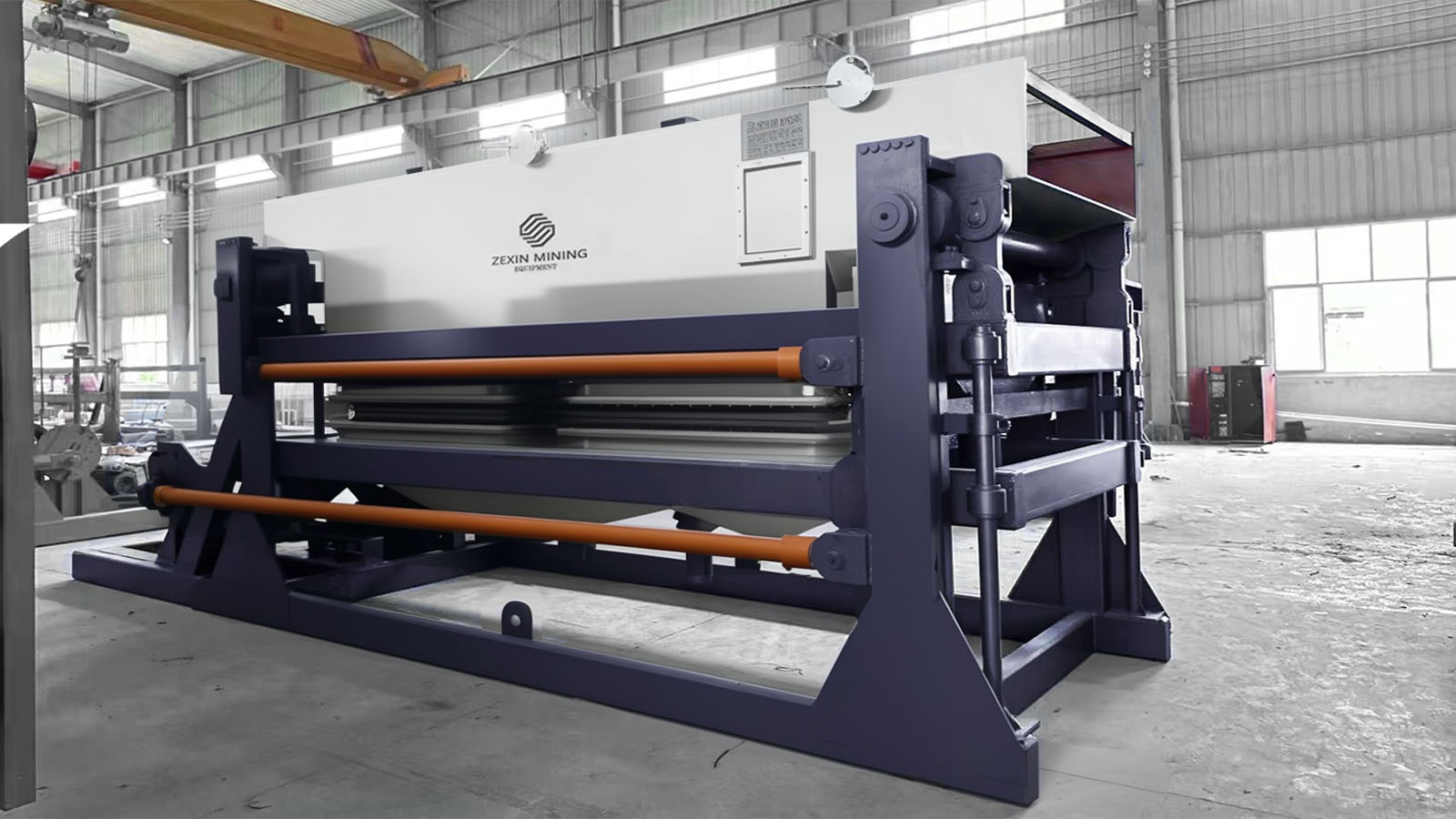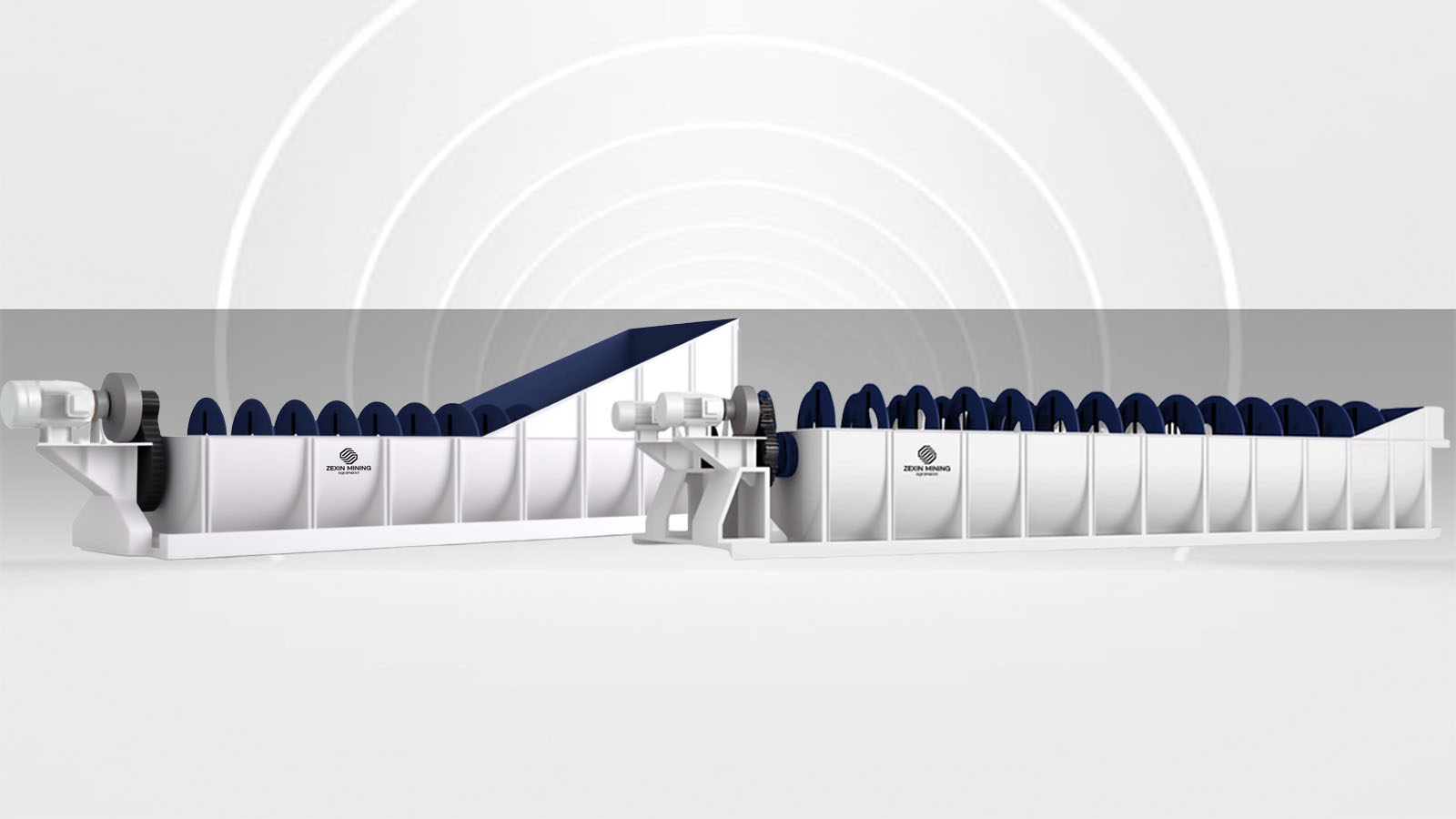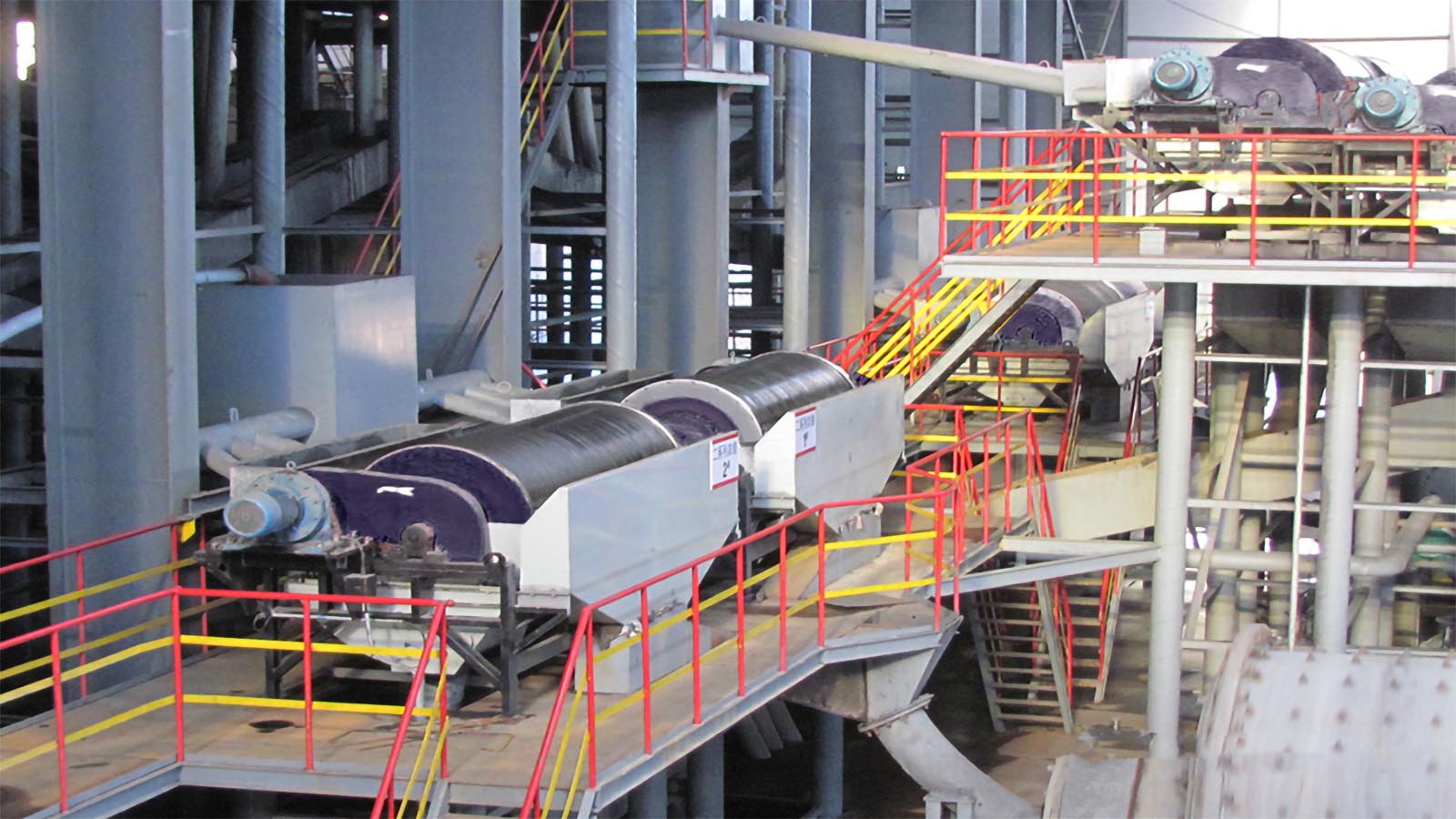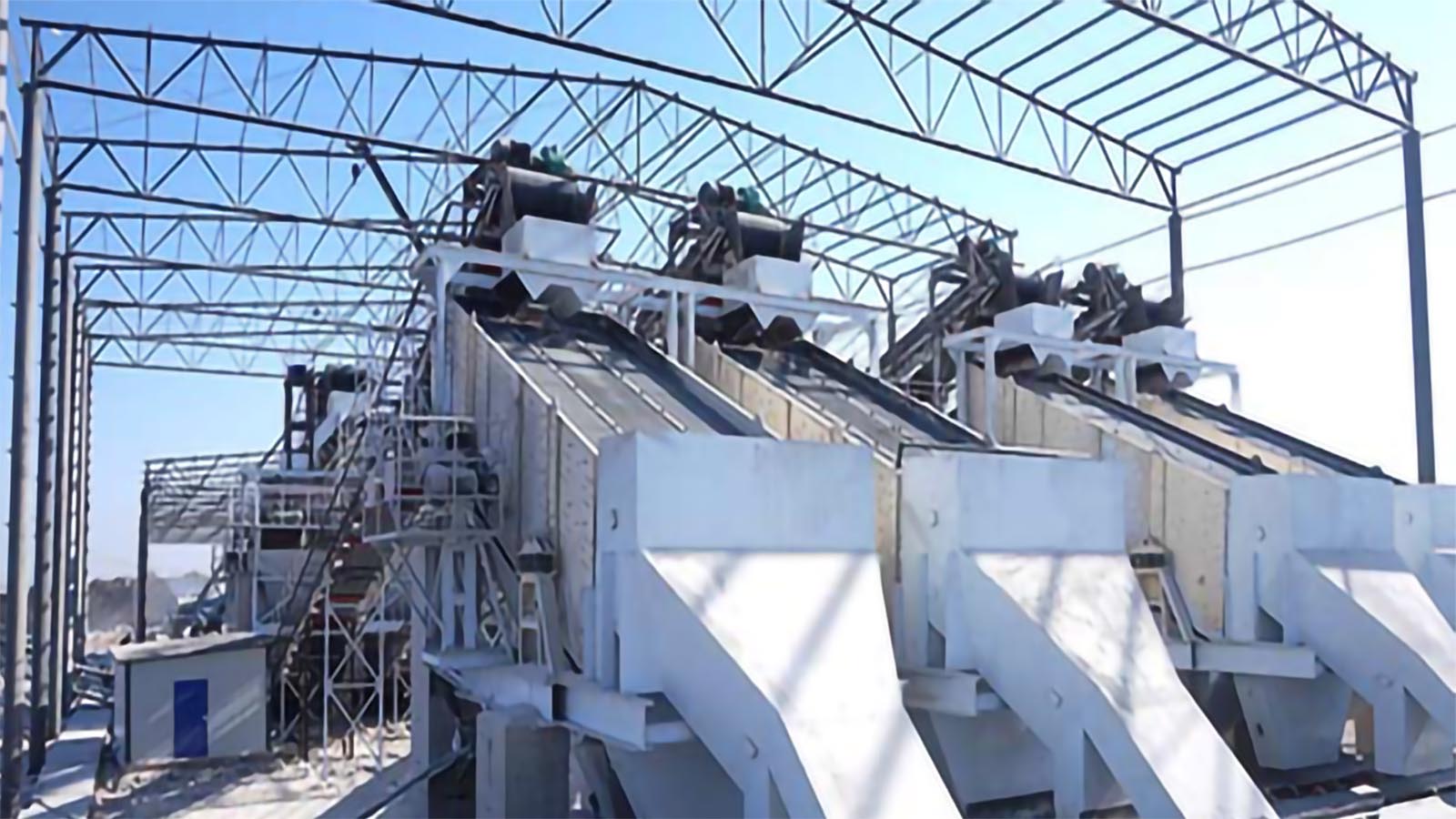
Jigging, as a widely applied gravity concentration technology, has separation effects influenced by multiple integrated factors. This article provides an in-depth analysis of the main factors affecting jig separation efficiency and their optimization strategies from a process parameter control perspective, offering practical technical references for mineral processing engineers to improve separation indicators and economic benefits.
Major Factors Affecting Jig Separation Performance
Jig separation performance depends on the synergistic action of multiple factors, mainly categorized into three types: equipment mechanical structure parameters, raw material characteristics, and operational process conditions. Among these, operational process conditions are the most controllable factors in actual production and are the focus of this article.
1. Critical Role of Mechanical Power Parameters
A jig's stroke length and stroke frequency are core parameters determining the bed loosening state, directly affecting separation performance. Stroke length refers to the travel distance of water flow in reciprocating motion, while stroke frequency is the number of pulsation cycles completed per unit time. Together, they determine the bed loosening degree, stratification rate, and separation precision.
- Stroke Length Selection Principles: Increasing stroke length enhances bed loosening space, facilitating thorough stratification of coarse materials, but energy consumption increases accordingly; smaller stroke lengths reduce fluid resistance, suitable for fine particle separation with lower energy consumption.
- Fundamental Rules of Stroke Frequency Adjustment: Higher frequencies result in shorter bed loosening time but faster stratification speed, suitable for fine materials; lower frequencies provide longer sustained bed loosening time, beneficial for coarse material separation.
In practical operation, stroke length and frequency combinations should be flexibly adjusted according to feed characteristics. Experience shows that when processing coarse, high-density ores or thick bed conditions, a "large stroke length, low frequency" strategy is advisable; when processing fine materials, a "small stroke length, high frequency" mode is more appropriate. Specific parameter values need to be determined through commissioning tests and dynamically adjusted as process conditions change.
2. Water System Management and Optimization
Water system management in the jigging process directly relates to separation efficiency, primarily involving feed water and underscreen supplementary water, with total water consumption typically ranging from 3-8 cubic meters per ton of ore.
- Feed Water Function and Control: Feed water mainly serves to pre-moisten ore, ensuring materials distribute evenly upon entering the jig. Feed water volume should be moderate; excessive amounts interfere with bed formation, while insufficient amounts may cause uneven feeding.
- Underscreen Water Adjustment Strategy: Underscreen supplementary water is the primary means of adjusting bed looseness and also compensates for water loss discharged with tailings. Increasing underscreen water reduces downward flow intensity, enhancing bed looseness; reducing supplementary water strengthens downward flow, making the bed more compact. Operators should observe bed conditions and adjust underscreen water volume in conjunction with concentrate grade requirements.
- Importance of Water Quality Management: Beyond volume, water quality significantly impacts jigging performance. Excessive suspended solids in recycled water interfere with separation; ideally, solid content in recycled water should be controlled below 50g/L, with settling ponds installed for water treatment when necessary.
3. Bed Management Technology
The bed is the core zone of jig separation, and its management level directly determines separation efficiency. Bed management primarily includes two aspects: bed thickness control and rational use of artificial bedding material.
- Bed Thickness Optimization: Bed thickness significantly affects mineral particle stratification speed and loosening degree. Generally, total bed thickness should not be less than 5-10 times the maximum feed particle size, typically controlled between 120-300mm for medium-fine particle processing and above 500mm for coarse particle processing. Bed thickness can usually be controlled by adjusting the distance between the screen surface and tailings plate. Notably, increasing bed thickness can improve concentrate grade but reduces processing capacity, requiring balance based on production requirements.
- Selection and Use of Artificial Bedding Material: When processing fine ore (0-2mm), artificial bedding material is often necessary to control the quality and quantity of through-screen concentrate. Artificial bedding material particle size should be 3-6 times the maximum size of processed material and 1.5-2 times larger than screen openings, typically using materials with moderate density such as quartz or barite. Adjusting bedding layer thickness is an effective means of precisely controlling concentrate grade, generally with initial thickness of 30-50mm, subsequently adjusted according to product quality requirements.
- Bed Observation and Maintenance: Operators should regularly observe bed conditions, including loosening degree, stratification status, and discharge uniformity. When uneven bed or blockage phenomena are detected, timely cleaning is necessary to maintain bed stability.
Feed Characteristics and Throughput Optimization
Feed characteristics are important external factors affecting jig separation performance, including particle size distribution, mineral dissemination characteristics, and feed density.
1. Feed Particle Size Impact and Control
Jigs have limited suitable particle size ranges, with fine fraction content (-0.074mm) generally not exceeding 25-30% in feed. Excessively coarse particles reduce separation precision, while overly fine particles easily cause bed blockage. For optimal separation results, the following measures are recommended:
- Determine reasonable crushing size based on ore dissemination characteristics to maximize useful mineral liberation
- Consider pre-classification to process different size fractions with different types of jigs
- For materials with abundant fine fractions (-0.5mm), configure specialized fine particle jigs or consider alternative separation methods
2. Feed Concentration and Throughput Control
Feed concentration and throughput need reasonable control based on equipment specifications and ore characteristics. General principles include:
- Feed concentration typically controlled between 15-30%; excessive concentration interferes with bed formation, while too low concentration reduces production efficiency
- Throughput should be reasonably set according to equipment specifications; overload operation significantly reduces separation efficiency
- For high-density materials such as heavy sand ores, appropriately reduce processing volume per unit time to ensure thorough separation
Process Parameter Optimization Methods
1. Scientific Testing and Parameter Determination
Determining optimal process parameter combinations requires systematic testing. The orthogonal test method is recommended to examine the effects of various factors on separation indicators, thereby determining the optimal process parameter range. Major test steps include:
- Using concentrate grade and metal recovery as evaluation indicators to examine the effects of stroke length, stroke frequency, bed thickness, and other factors
- Establishing process parameter models based on ore characteristics, forming parameter adjustment strategies under different conditions
- Developing simple on-site process parameter assessment tools to guide operator adjustments
2. Intelligent Monitoring and Regulation
Modern jig concentration plants increasingly adopt intelligent technologies to improve management:
- Installing online bed condition monitoring systems for real-time evaluation of separation effects
- Using frequency converters for infinitely variable stroke frequency adjustment, improving adaptability
- Developing automatic control systems that adjust process parameters automatically in response to feed variations
Practical Application Case
A tungsten-tin mine applying Zexin's new sawtooth wave jig achieved significant economic benefits through detailed process parameter optimization:
- For 600-74μm tungsten ore, adopting "small stroke length (8mm), high frequency (280 strokes/min)" process parameters increased concentrate grade by 2.6%
- For 2-0.5mm tin ore, using an optimized combination of 260mm bed thickness and 4.2m³/h underscreen water supplement increased recovery by 3.7%
- Through automated water quality management system, solid content in recycled water was controlled below 35g/L, improving equipment service life
This case demonstrates that targeted process parameter optimization is key to enhancing jigging efficiency, significantly improving economic benefits without increasing equipment investment.
Conclusions and Recommendations
Optimizing jig separation performance is a systematic project requiring comprehensive consideration of mechanical parameters, water system management, bed control, and feed processing. Operators should master the intrinsic relationships between parameters and flexibly adjust process conditions according to ore characteristics and production requirements. Mining enterprises are advised to fully consider ore characteristics during jig equipment selection and process design stages, consulting professionally qualified design institutions to avoid losses from blind decision-making.
With the development of intelligent technologies, jig process parameter optimization will become more precise and efficient, providing greater potential for improving mineral processing indicators and reducing production costs.
Related News

Critical Role and Technical Applications of Spiral Classifiers in Mineral Processing

Advanced Iron Ore Processing: Comprehensive Analysis of Four Major Magnetic Separator Types
